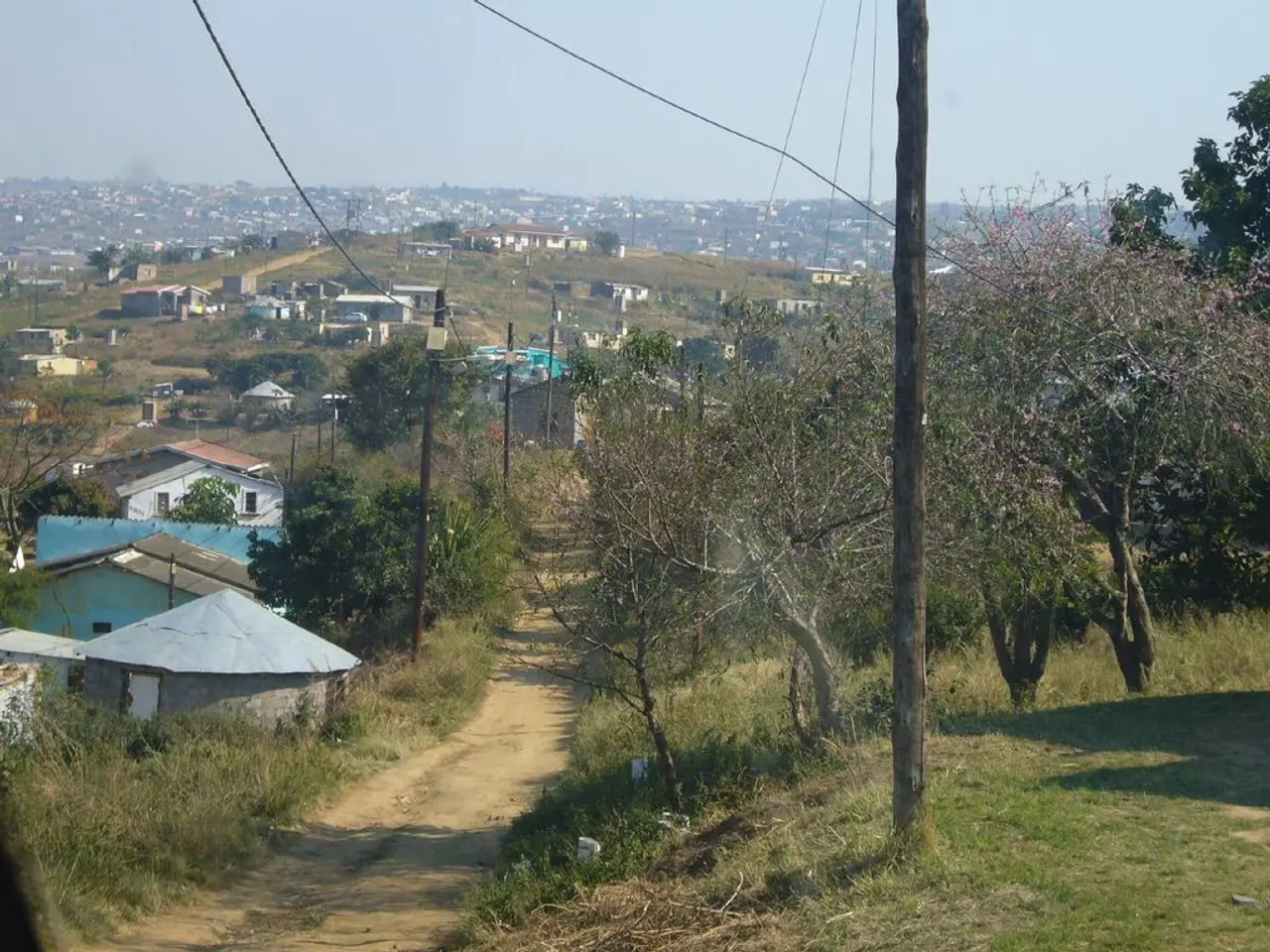Green Initiative for Biodiversity Conservation: Integration of Eco-friendly Construction in Local Government Structures
Aachen's Biodiversity Retention Green Roof: A Step Towards Sustainable Urban Development
Aachen, Germany, is taking a significant stride in promoting urban biodiversity with the completion of a Biodiversity Retention Green Roof on the Administrative Building. The 500 square meter green roof, located near the city's main train station, is the first full green roof implemented on an existing building in Aachen.
Funded by the Integrated Climate Protection Concept of the city, the green roof houses 1,200 plants from 40 different species. These include climbing plants, perennials, trees, grasses, succulents, and more, creating a diverse and vibrant ecosystem on the rooftop. The plant selection is not only diverse but also includes insect-friendly and native as well as exotic species.
The green roof serves as a development area for insects, birds, amphibians, and small mammals, providing additional habitat through biodiversity elements such as deadwood, stone piles, and waterlilies. Structural measures are taken to support the settlement and promotion of these animal species. Competitive species are regulated through targeted maintenance measures to preserve other plant species on the green roof.
The green roof offers numerous ecological benefits, including mitigating urban heat islands, managing stormwater, and fostering ecological resilience. It also provides cooling and shading effects, temperature reductions on hot days, and improves air hygiene by binding CO2 and fine dust, producing oxygen.
The Biodiversity Retention Green Roof project is more than just a single green roof. It is a pilot project and learning field for the expansion of greenery on communal buildings in Aachen. As of July 1, 2024, the municipal building management has joined the "Federal Association of Building Green e.V." (BuGG), furthering the city's commitment to greening more communal buildings.
Future plans for the project focus on expanding these green roofs to further improve urban biodiversity, study ecological impacts, and integrate biodiversity retention practices into urban planning frameworks. The city of Aachen aims to lead by example, demonstrating that urban development can be reconciled with conservation goals.
For those interested in updates on the project, an RSS feed for press releases is available here. The project's integration into urban planning can lead to improved environmental quality and sustainable urban infrastructures aligned with global biodiversity targets.
[2] Source: Aachen University research on biodiversity collection and ecological studies.
- The Biodiversity Retention Green Roof in Aachen, a significant step towards sustainable urban development, is part of the city's initiative in environmental science, focusing on climate-change and biodiversity conservation.
- The green roof, housing 1,200 plants from 40 different species, is a vibrant example of environmental-science principles in action, offering benefits like mitigating urban heat islands and providing a habitat for various animal species.
- In the future, Aachen plans to scale up this environmental-science project, integrating biodiversity retention practices into urban planning, aiming to create a more sustainable lifestyle and home-and-garden environments aligned with global biodiversity targets.




